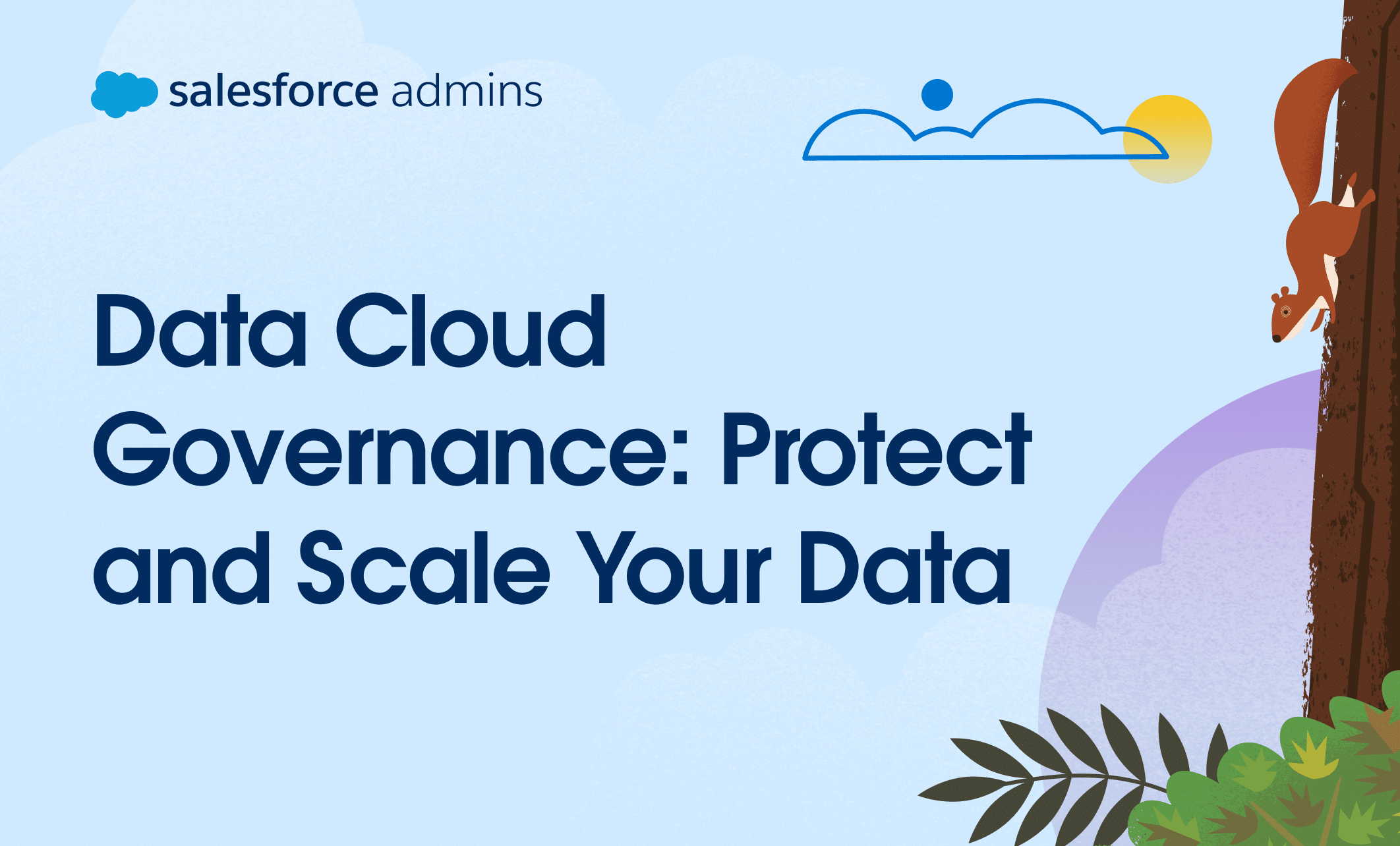Editor’s note: This post was updated on July 21, 2025, with the latest information and resources. Salesforce Admins have been waiting patiently for native governance solutions in Salesforce Data Cloud. We’re happy to share that the wait is over! Data Cloud Governance is now Generally Available (GA) for you to use with Salesforce Data Cloud […]









